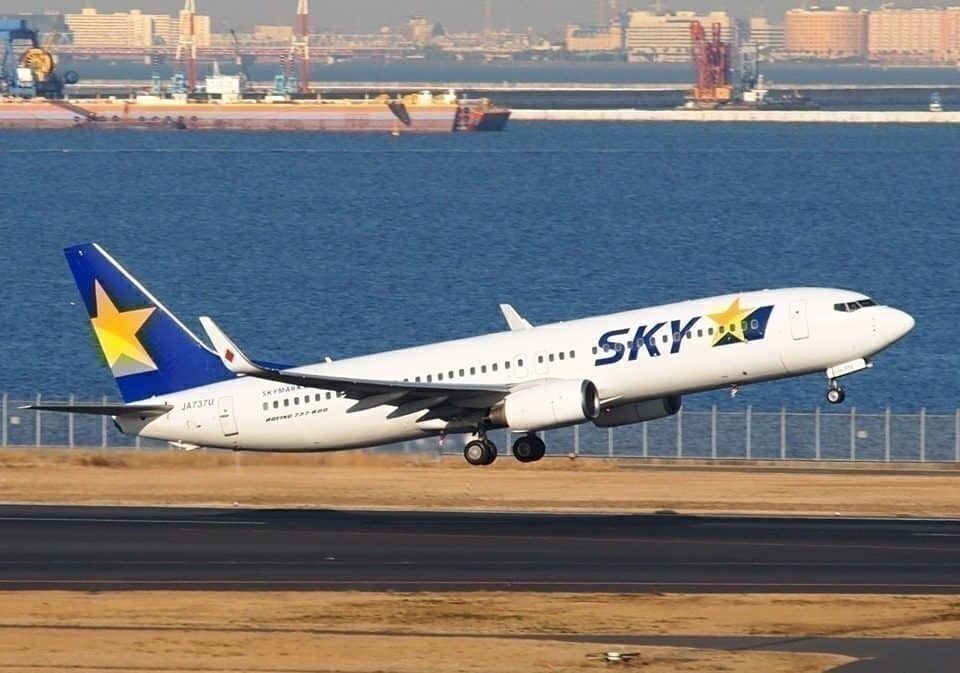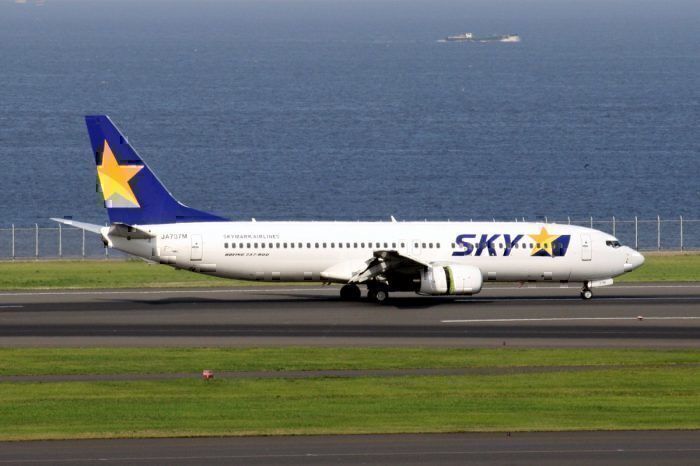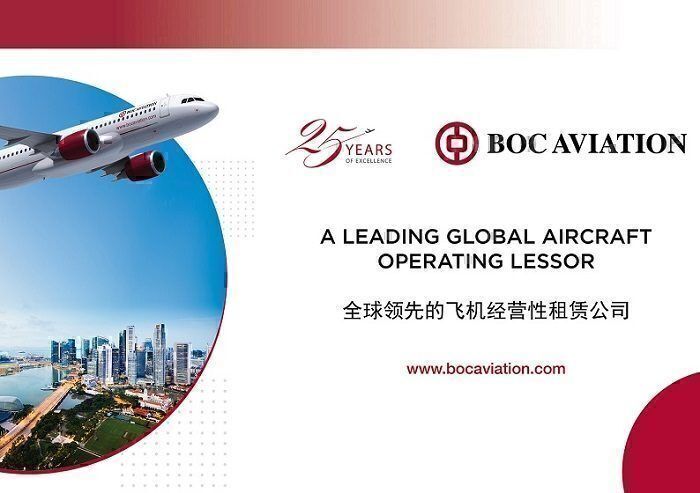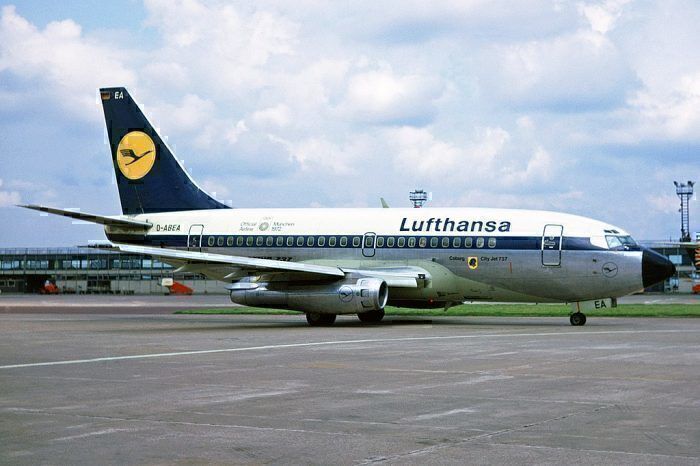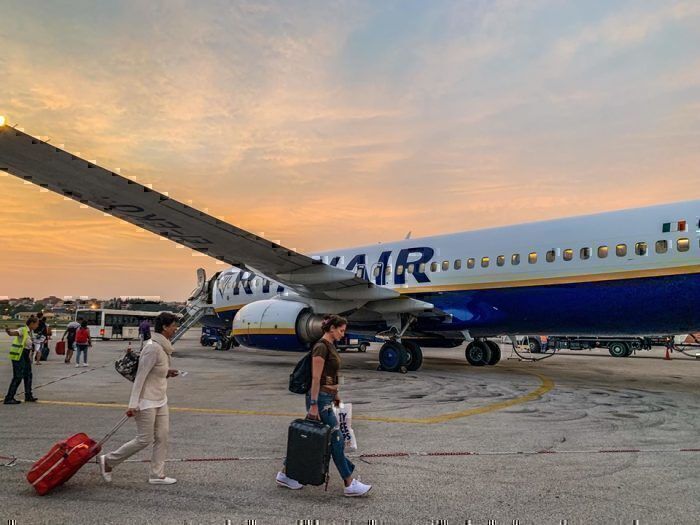Seattle based commercial aircraft manufacturer Boeing has just delivered the last of its 737 Next Gen aircraft to Japan’s Skymark Airlines.
The final delivery of this epic airplane sees the end of a production run for Boeing that lasted 22 years. During this period, the world’s largest commercial aircraft manufacturer produced more than 7,000 units according to Airway1.
The end of the 737 Next Gen began as the final aircraft rolled out of the Renton, Washington factory. It went through its test flights before leaving Boeing Field for Japan. Destined to be delivered to Skymark Airlines, the final 737-800 was purchased by BOC Aviation leasing group, who then passed it on to their Japanese customer.
This latest delivery to BOC also ends one of Boeing's longest-running contracts which began 18 years ago. Since placing their first order, BOC has received 209 aircraft, of which 161 were 737-800NGs. While talking about their latest aircraft and the relationship with Skymark Airlines, a press release from BOC read:
'The Boeing 737-800NG has been a cornerstone of our company's development, with 84 currently operating in our owned fleet,' said Robert Martin, Managing Director and Chief Executive Officer, BOC Aviation. 'Reliability and operational efficiency have been hallmarks of this aircraft program and we believe these will remain characteristics in the future,' he added. 'We are also delighted to be celebrating an important milestone with Skymark Airlines as it continues to build its fleet and network on modern technology aircraft.'
Who are Skymark Airlines?
Skymark Airlines is a low-cost Japanese domestic airline based at Tokyo’s Haneda Airport. Founded after the deregulation of the Japanese aviation industry in the mid-1990s, Skymark Airlines is the only independent, budget airline in Japan.
Who is BOC Aviation?
Based in Singapore, with offices in New York, London, Tianjin and Dublin, BOC Aviation are a global aircraft leasing company with a fleet of 507 aircraft.
Currently, BOC has aircraft leased aircraft to 94 airlines spread over 34 countries and regions.
Why has the 737 Next Gen been so successful?
The Boeing 737 was first designed in the 1960s to compete with the McDonnell Douglas DC-9 and the British Aircraft Corporation BAC 1-11.
At the time, Boeing's big seller was the three-engined 727. While it could carry slightly more passengers than the DC-9 and BAC 1-11, it wasn’t as economical as its competitors.
Boeing's competitor aircraft was designed from the ground up to be both economical and to have good capacity against its rivals. Rather than place the new 737 engines at the rear of the aircraft, as was the case with DC-9 and BAC 1-11, Boeing placed them under the aircraft's wings. This was to prove an aircraft design trend that has shaped the future for the industry.
Initially, the 737 had teething problems and sales were slow, but once Boeing engineers remedied the problems sales began to really take off. Airlines flying the 737 soon learned that it was the perfect aircraft for quick turnaround routes. By being so low to the ground, no time was wasted positioning equipment.
Except for a few changes to improve the 737, nothing changed significantly with the aircraft design for many years. However, in 1987, Airbus debuted the A320 debuted which sported an all-new design with LCD displays rather than old mechanical gauges.
Boeing fired back at Airbus by building the 737 Next Gen fleet of aircraft, a plane that would span several variations that included the 737-600-700-800 and -900. All of these aircraft proved to be a big success, with Southwest Airlines and Ryanair using them as the backbone of their fleets.
Complacent, knowing they had a top seller, Boeing was caught sleeping again when Airbus came out with their fuel-efficient Airbus A320neo. Now in a hurry not to lose market share, Boeing developed the 737 MAX and quickly had orders coming from both old and new customers.
Then came the Lion Air and Ethiopian Airlines disasters, following which the 737 MAX was grounded worldwide. In the meantime the 737 Next Gen will continue to be the workhorse it always has been.

